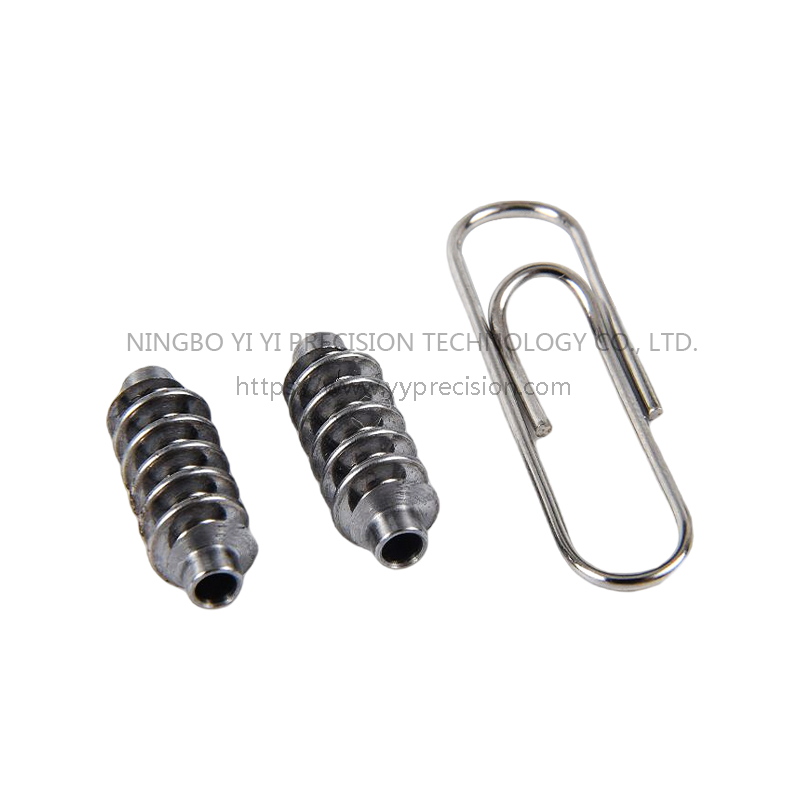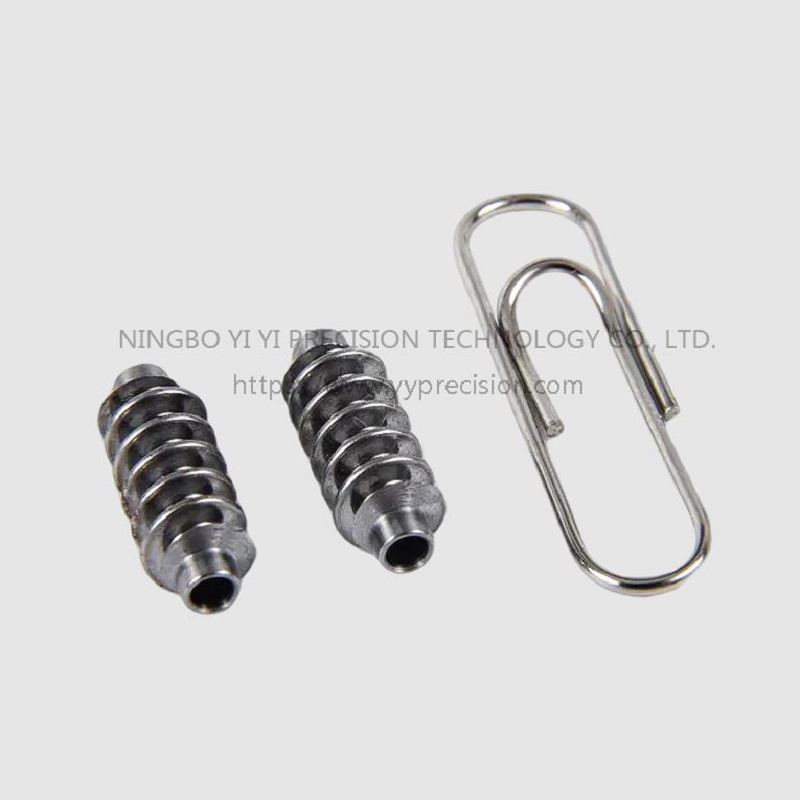A
precision worm shaft is a type of gear. It is used in a variety of applications, including automotive power steering, fishing reels, elevators, and speed reducers. They are made from steel, stainless steel, or brass and are available in various diameters and helix angles. The application of a worm shaft is influenced by the design of the tooth profile.
Worms can be milled finish, splined bore, plain bore, or shell type. Their size ranges from 0.5 inches to 48 inches. Some manufacturers also offer double thread worm gears.
A worm shaft can be manufactured through hot gear gearing or rolling. In this process, the gear is cut in a separate process from the worm. However, in some cases, a reboring process is required. This requires special attention to the center of the shaft.
Several types of sprockets and gears are also available. These include a number of spur gears, bevel gears, timing pulleys, and precision ground or cut helical gears.
When mounted on a vehicle, a high-quality worm shaft is essential to minimize noise and vibration. It is important to ensure the roundness of the worm shaft. Roundness helps to improve productivity. Additionally, a spacer can be used to increase friction and interrupt the line of contact. If the worm shaft is small, a single spot may be used to help keep the contact surface from overheating.
A worm can be used to drive a gear in a separate process, but it must have a self-locking function. This allows the worm to be moved in one direction without moving the gear in the opposite direction. Unfortunately, a worm's lead angle can become too small to turn. Therefore, a dual lead worm gear is typically used to eliminate play in a worm gear.
When using a worm gear, it is imperative to ensure that it is secure and tight. Large thrust forces can cause the bearings to loosen, causing the worm to shift. As a result, it is advisable to use a set screw or dowel pin to stabilize the worm. Also, be careful to use the correct mounting distance, because a worm can be moved if the mounting distance is too great.
High-precision worm shafts have excellent straightness. They can be produced by a variety of processes, including rolling, forging, and hot gear gearing. They can be provided in several helix angles, and the tooth thickness can vary in the shaft's direction.
In addition to the materials that are used in the production of a worm shaft, the manufacturing process can be customized. For example, the manufacturer of a worm gear can produce an integral shaft, a keyed bore, or a splined bore. There are various modules that are available in various thread configurations, as well.
The high-precision worm shaft market is projected to grow steadily over the next few years. The United States and Germany are expected to experience significant growth over the next six years. Other countries, such as Japan and China, are also estimated to see strong growth over the same period.

Bore Accuracy ±5μm, To Ensure The Tolerance Of The Bore Can Be Stable Production Of Large Quantities, Similar Models Are Also Available In Brass.
Material: 45#
Size: OD 15mm*Length 58mm
Weight: 9g
Color: Natural/Anti-Rust Treatment

